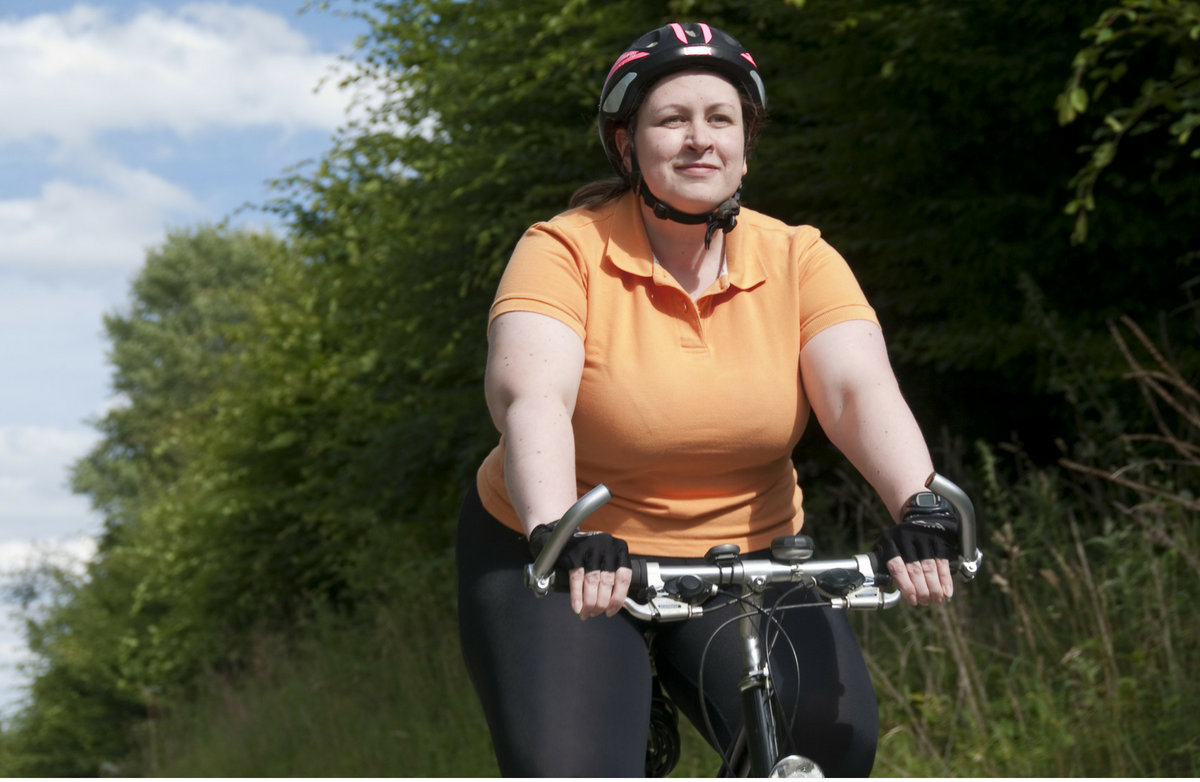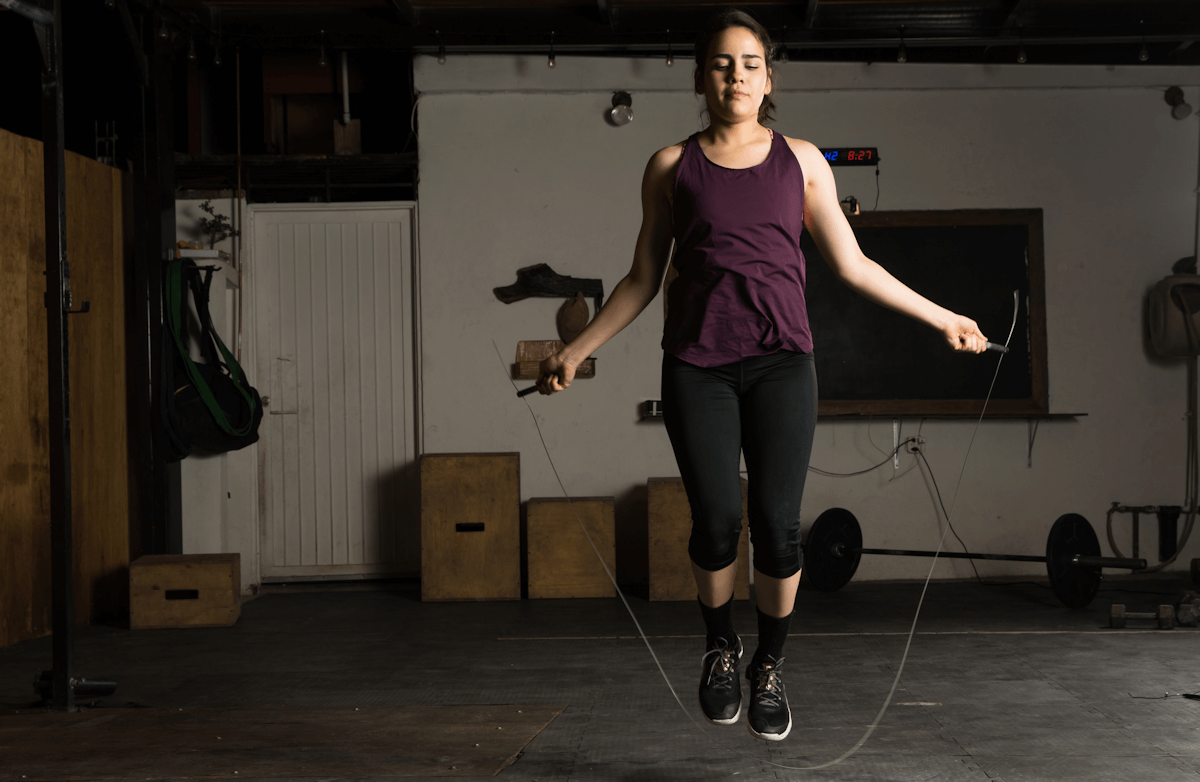Obviously, spending an hour at the gym is a far better choice than spending it on the couch with a bag of chips and the TV remote—but once you're there, not all workout sessions are created equal. Just like any expert who sees the ins and outs of an industry, fitness professionals have their favorite "go-to" exercises
Of course, your ideal mix of moves will ultimately depend on your goals, your fitness level and any prior injuries or current physical limitations, but we were curious about which ones come last on
Inner/Outer Thigh Machines
"These machines were invented by someone who thought that women's trouble spots
Personal trainer Dean Anderson says that the relatively small inner and outer thigh muscles are designed to support
Instead, Straub recommends targeting the inner thigh with wide squats. For the outer thigh, she says a standing hip abduction or lying abduction are better options.
Low-Back Extensions
The one exercise that trainer Sarah Ann Kelly avoids completely with her clients is the low-back extension machine. "I find most people don't position it correctly, and end up causing an improper load to the spine, resulting in low-back pain or injury," she says.
Instead, Kelly prefers to do this exercise on the floor as a Superman (see her demo video) and progress it by adding a simple retraction of the upper back. This targets the low back, but also works the glutes and entire posterior chain.
Leg Press
Matt Fitzgerald, author of "The Endurance Diet," is not a fan of the leg press machine. "It's a highly artificial movement that does not resemble anything a person would do in the real world, and thus offers little functional carryover to life outside the gym," he says.
While the machine does strengthen the quadriceps, Fitzgerald says it shuts off the entire rest of the body by providing full support for the back. "There is no need for the muscles of the hips and core to provide active stabilization while the legs move, as happens during walking, running, jumping and any sort of standing
As a safer and more useful alternative to the leg press, Fitzgerald recommends the barbell squat.
Sit-Ups
If you're still doing sit-ups, Straub says you shouldn't be. Why? "For starters, most of us have postures in need of improvement. Why would you do any exercise that just exacerbates
For an effective core exercise that doesn't round the torso, try planks.
American Kettlebell Swing
Tyler
Instead, try the Russian version of the
Running with Resistance
It may seem like running with some sort of resistance—such as a weighted vest, air restriction vest or resistance tights—would increase your level of effort and calorie burn, but running coach Kyle Kranz doesn't recommend using any of these external devices.
"These hinder your ability to train well, as you run slower and put unnatural pressure on your joints that they weren’t designed to handle," he says. He warns that weighted vests are especially risky to train in, as they drastically increase the load on the joints and soft tissues.
"It would be preferable to simply run faster, smoother, better or longer without any gimmicky equipment to make it harder," says Kranz. "Just do good workouts, strength train, eat well and you'll get fitter and stronger. Plus, you'll save some cash!"
Spinal Twists
These are frequently done using an abdominal machine in an effort to get rid of love handles. However, Straub warns that all of the twisting and turning can be hard on the lower back. "If you must do rotational movements at all, do them standing so you can involve the hip and the
Standing Piriformis Squat
Within a few weeks of adding this to his routine (see video here),
Behind-the-Head Lat Pulldown
"I cannot enter a gym without seeing someone doing this," Straub says. "Pulling the weight behind your head damages your rotator cuff." Instead, she says, the weight should always be pulled in front of the body.
Bench Hopovers
Some believe these explosive
Biceps Curls on the Bosu Ball
This exercise is often done under the premise that it stimulates or activates the core, but
"Activating the core while doing curls on a Bosu cancels out both movements," he says. "It's best to use the Bosu to just work the core, and then work your arms on solid ground so you can load properly."
Kipping Pull-Up
This move was popularized through CrossFit, but it has a very narrow range of utility, so you won't typically see trainers doing this. From a movement and strength perspective,
The old adage "no pain, no gain" isn’t always true, and no move is worth sustaining an injury. As always, if you’re unsure of how to perform an exercise or feel unnatural pain or strain, stop and ask a professional for guidance.








